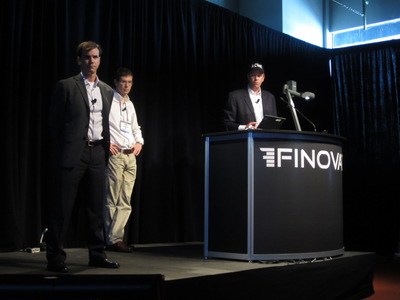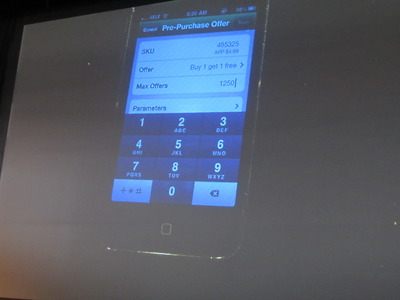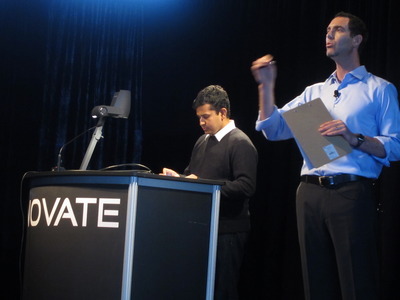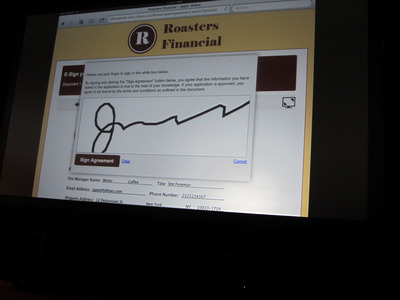Later this afternoon, miiCard demonstrated an identity service that proves users are who they say they are:
“Simply put, we have a catalyst for change in miiCard – a user-centric federated identity that can truly change the way we transact online. A new proposition in the Electronic Identity and Verification (eID&V) market- place, miiCard, for the first time, offers the capability to establish online trust purely online and in real time. Whilst other identity providers and credit reference agencies validate informa- tion about someone – such as their address, credit rating and, more recently, some have introduced behavioral aspects such as questions about transaction history, miiCard validates that a customer is who they say they are. Equally important to the vendors, benefits to the consumer are:
- Security and control of personal data
- Convenience, consistency and simplicity
- Trust between parties in a purely online environment
miiCard is a federated identity service, which means it sits between the consumer and the vendor (or other consumer) and provides a level of trust between parties. miiCard can support not only the UK but North America, Western Europe, India, Australia, New Zealand and soon South Africa.”
Product Launched: October 2010
HQ Location: Edinburgh, United Kingdom
Company Founded: 2010
Metrics: Seed funding raised, 5 employees
Website: miicard.com
Presenting James Varga (CEO)


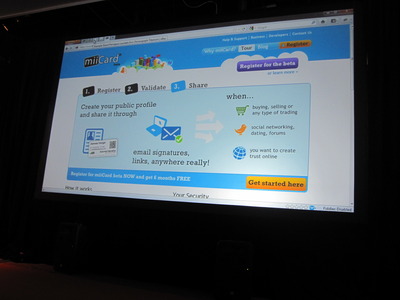
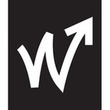





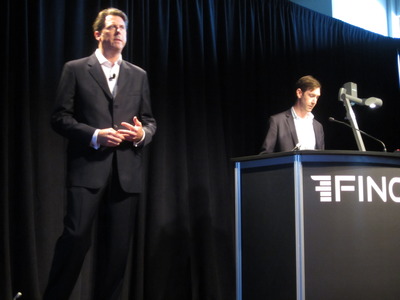
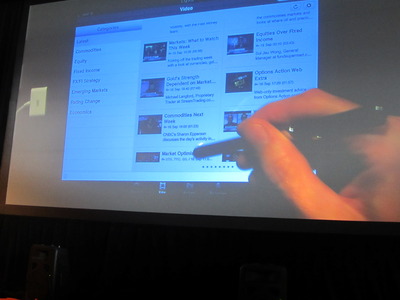
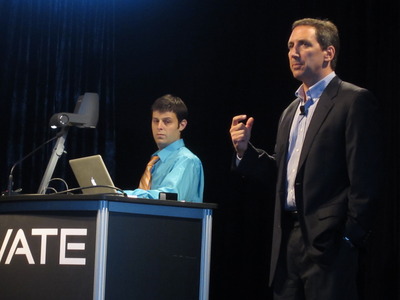
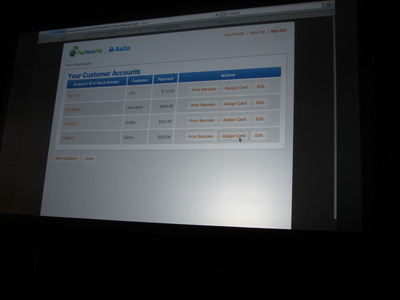



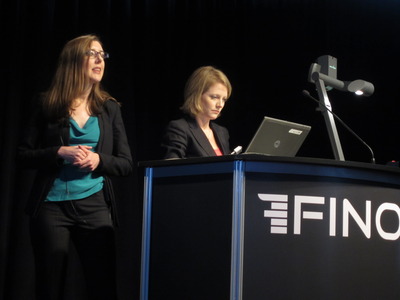
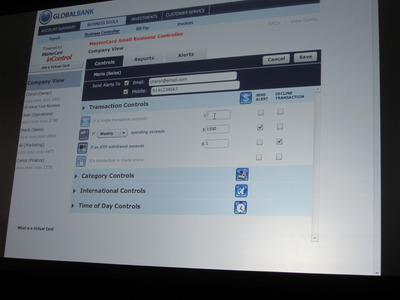

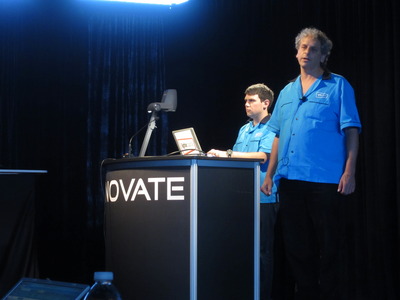
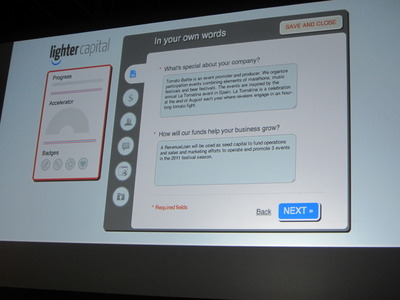



 (2)-thumb-200x75-4033.jpg)


